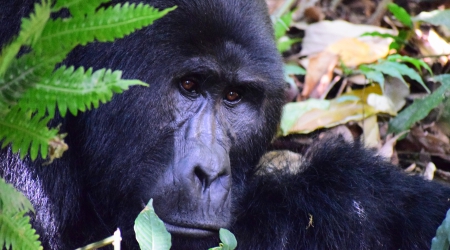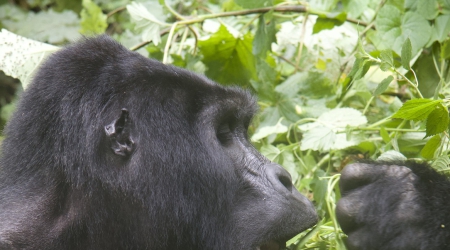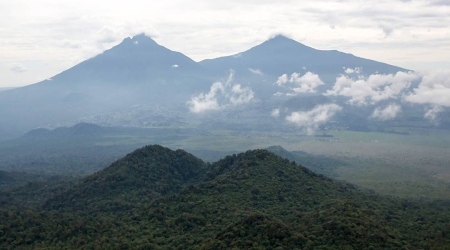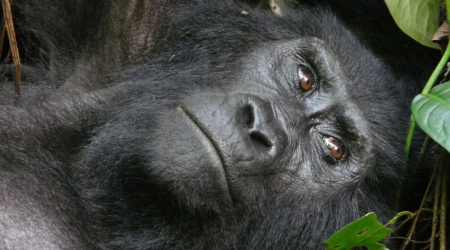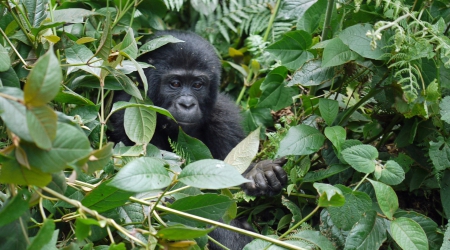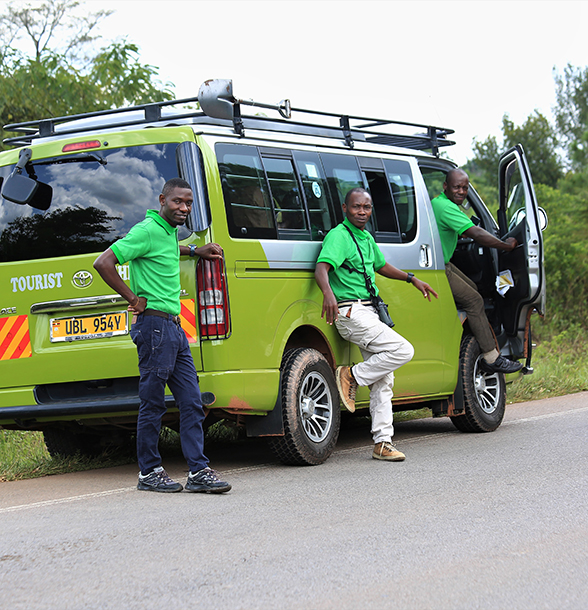Do most tourists have different questions such as which gorilla family is easy to trek? Which gorilla family is friendly and will create memories on my gorilla safari to Africa? Did you know that there are gorillas located in the highlands and others live in lowland areas?
Gorillas are easily trekked in only 3 countries (Uganda, Rwanda and the Democratic Republic of Congo) and 2 subspecies are usually visited by tourists and these are the rare mountain gorillas and the eastern lowland gorillas. The gorillas live in groups also called Families and they are comprised of 2 to 30 members. Interestingly, each group is headed by an alpha male called the silverback that plays a big role in protecting and leading the group.
Each country allocates tourists to a certain gorilla family depending on the different aspects such as age, interests of the tourists, knowledge about the gorilla family that circulates on the internet, physical fitness and many more others. Uganda nowadays allocates gorilla permits according to the location per region. This means that tourists have a variety to select the best region or sector to take part in gorilla trekking.
Park rangers and researchers are always in the forest monitoring and evaluating the gorillas and after the briefing, you will be allocated to the gorilla family that suits you. For example, old people or elders will be allocated to the nearer gorilla family and people who love adventure, and hiking and who are energetic will trek the furthest gorilla family. You need to note that, children under the age of 15 years are not allowed to visit the gorillas.
Also, tourists with infectious diseases such as diarrhea, cough, flu and much more won’t be allowed to trek the gorillas. This is because the gorillas share 98% of blood DNA meaning that they are prone to acquire human diseases. Do not trek or visit the gorillas when you are sick since they can end up dying in the process.
Gorilla permits can be bought at any point by either the tour company or directly from the authorities like the Uganda Wildlife Authority, Rwanda Tourism Board and many more. No one is allowed in the park with fake or unrecognized gorilla permits and this calls for fines and penalties. Illegal trekking in the park is highly prohibited.
There are two main activities one can do to visit the gorillas and these are gorilla trekking which allows tourists to spend an hour in the presence of the mountain gorillas and capture great memories. Only 8 visitors are allowed to trek with a gorilla family, and in the case of gorilla habituation, only four visitors are allowed to spend 4 hours in the presence of the gorilla family visited. This experience of habituation is only done in the Rushaga sector of Bwindi National Park.
When to book a gorilla permit?
Any gorilla destination has two peak seasons also known as the dry season and two low or wet seasons. The dry season is from December to February and June to September and during this time, gorilla permits are in high demand and gorillas tend to move to distant areas as they search for food. During the wet season in March to May and October to December, gorilla permits are in a low demand since the experience is highly affected by rain. At the same time, the gorillas don’t move alot since there is alot of food in form of fruits and leaves.
Where can I spend a night on my gorilla safari to Africa?
Never worry at all about where to spend a night since all national parks have accommodations of different types both inside and outside the conservation areas. The accommodation offers great services and they range from budget, midrange to luxury. Most of them have ample spaces and gardens, free wifi, minibars, self-contained rooms, pick-ups and drop-off services, car hire services and much more.
For the best gorilla family allocation, contact our team of travel consultants because they are ready to help you.




